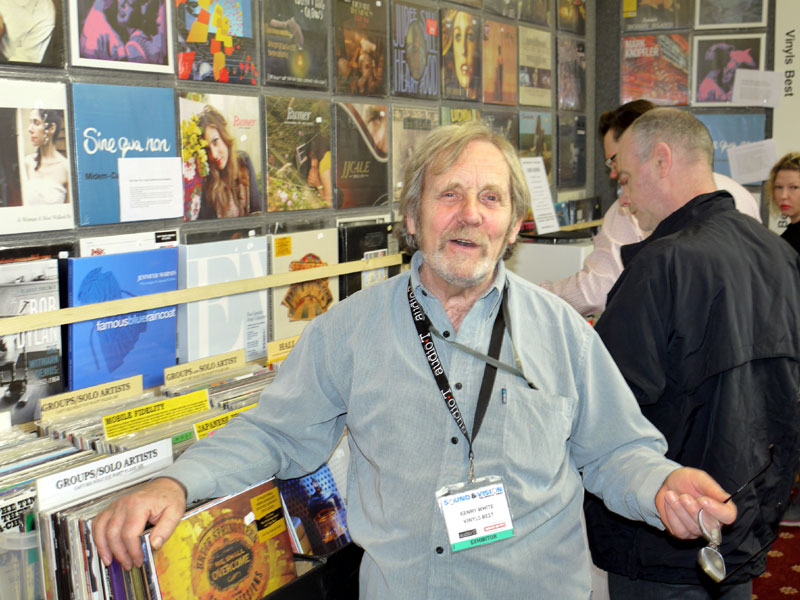Sound & Vision 2015 • TABlog
Interestingly, tracking the stock over the years (that’s my story and I’m sticking to it) shows that the traditional audiophile reissue labels are coming under increasing competition from more mainstream sources: the complete Ian Dury, anybody? Demon is offering all eight albums in a single box. I found it in a rack, right alongside Mobile Fidelity’s Ryan Adams: Love Is Hell three-record set, which pretty much tells the whole story. While I certainly welcome all of these new albums to the shelves, an inevitable side effect of their presence is an overall erosion in quality. Producing records is a notoriously fickle process, whether current recordings or reissuing older ones. Recording and tape quality vary enormously and that’s before you even start cutting a lacquer. But the issue with major labels jumping on the vinyl-release bandwagon is that, whereas audiophile labels and reissue houses at least pay lip service to the issue of sound quality (some with considerably more success than others), there are no such guarantees when it comes to the wider music industry. Some artists are extremely concerned about the sound quality of their releases -- Neil Young comes to mind -- while for others the production of LPs is as much a tick-box, marketing or fashion statement as anything else. Of course, there’s nothing to say that a major label, or a minor label from outside of the audiophile spectrum, can’t produce really good-sounding records. Some of Nick Cave’s pressings on Mute are excellent, while the LPO’s recent own-label Brahms symphonies boxed set with Jurowski is very good indeed -- despite the “red flags” waved by the 44.1k digital masters and DMM cutting, indicators that might well send purists running for cover, which is a shame, because they’d be missing out. I think that both of these examples are telling indicators of just how unpredictable the quality of current vinyl releases can be -- and the dangers of buying (or not buying) by the label. Just as high-res downloads have proved to be fatally variable in terms of sonic performance, so too, for different reasons, are many of the latest LPs. As the best reissue houses will tell you, creating a really great-sounding record requires starting with great tapes and taking considerable care from the first stage of the process to the last -- which takes time, and time, as they say, is money. When most major labels are struggling to make ends meet, LP releases are seen as a valuable revenue opportunity, a way of increasing sales. Making the most of that opportunity (especially if they have limited faith in it to start with) means keeping costs to a minimum. Throw in the fact that just about everything gets pressed
on 180-gram vinyl these days and separating the musical wheat from the chaff is becoming
increasingly difficult. Differential investment in and the relative quality of your
digital and analog replay chains also comes into the equation, but just as the fact that a
file is described as high-res doesn’t guarantee its sonic quality, don’t simply
assume that because something has been released on LP it will necessarily sound superior
to the CD. It’s way harder to make a good record than a bad one -- and the increasing
number of records being released inevitably confirms that. So how do you find those vinyl
gems? Well, you could start by finding an appropriate (probably hairy) individual to
proffer advice. |


